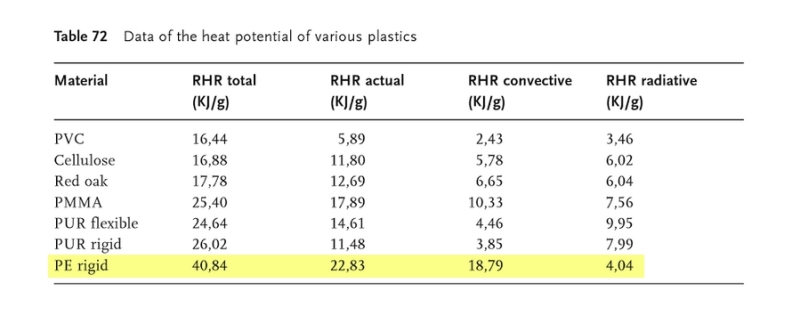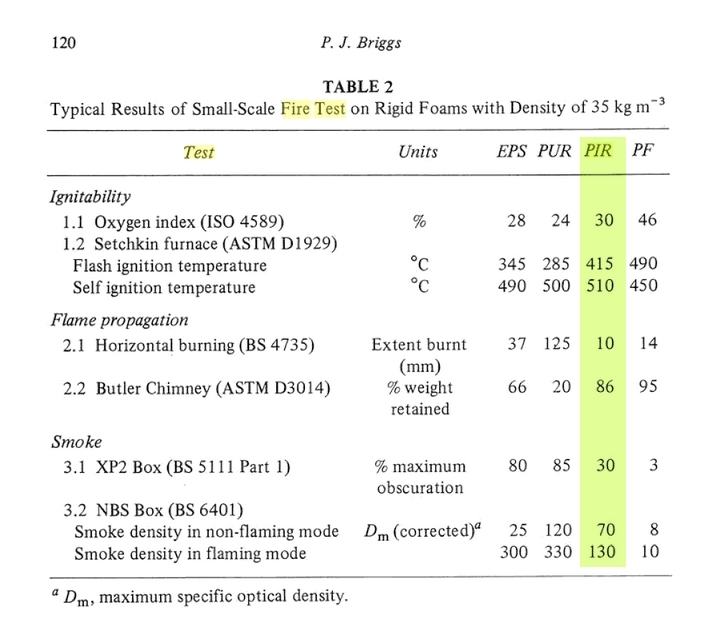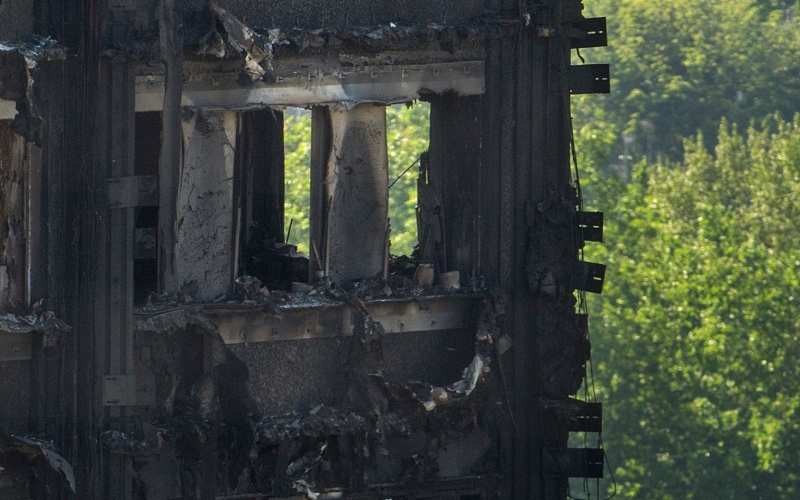Follow along with the video below to see how to install our site as a web app on your home screen.
Note: This feature may not be available in some browsers.


epoxybot said:Excerpt from the Grenfell Action Group blog,
...reports made by residents that they saw and smelt smoke coming from various electrical appliances on the morning of 29th May. This was the day the whole electrical system went into meltdown, and by the TMO’s own admission, fused several key meters and damaged or destroyed electrical appliances in 40 individual residences.


